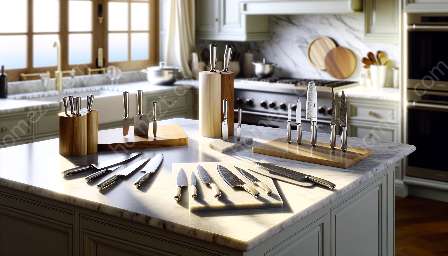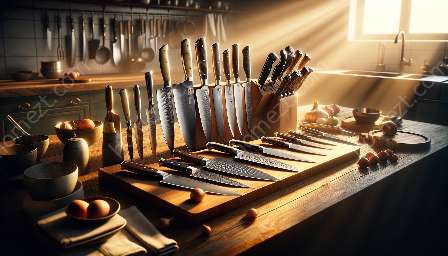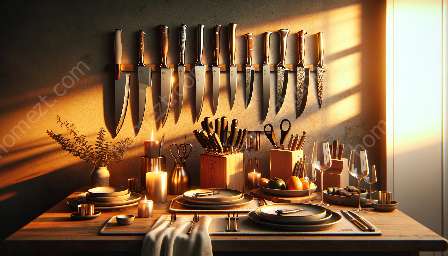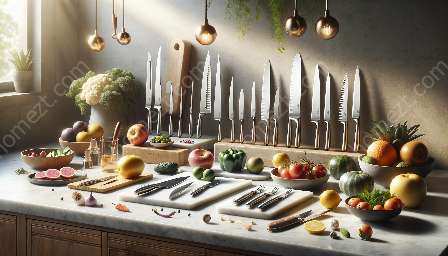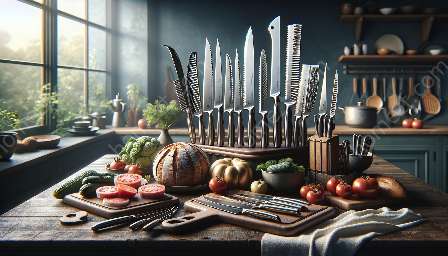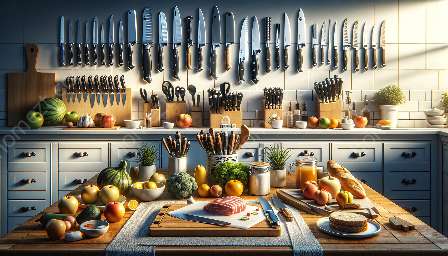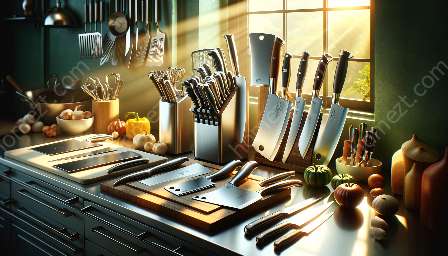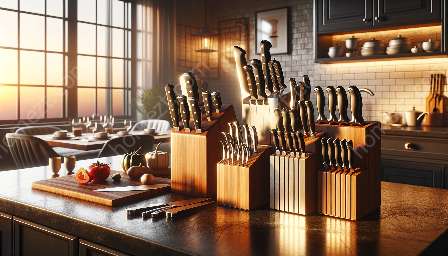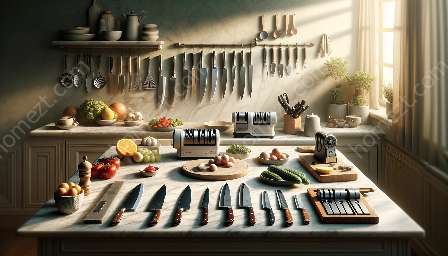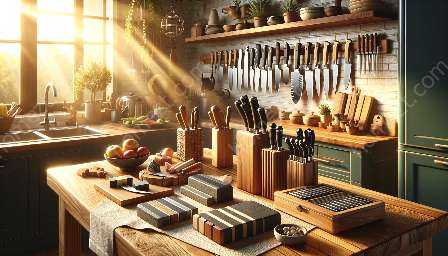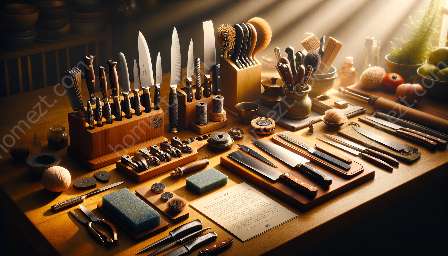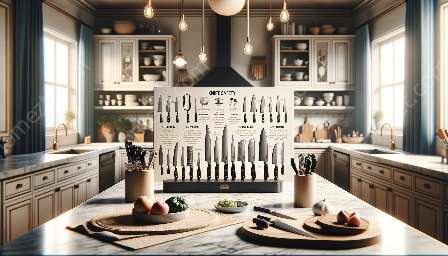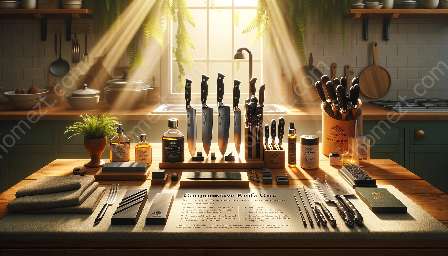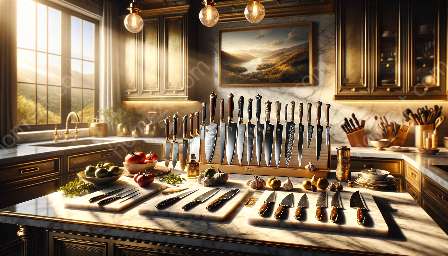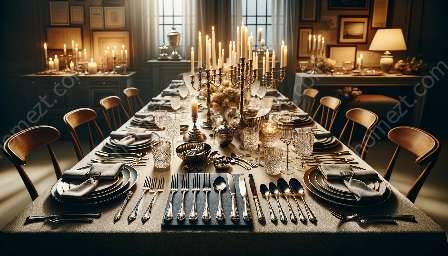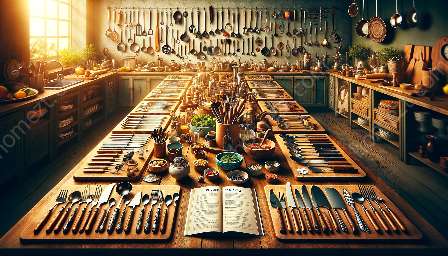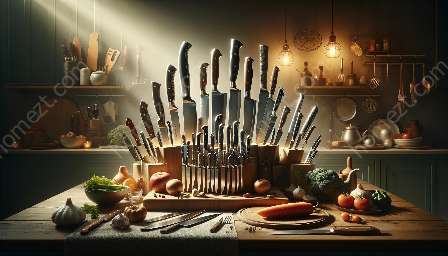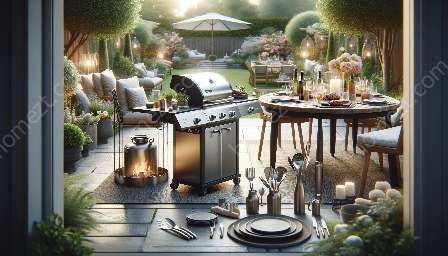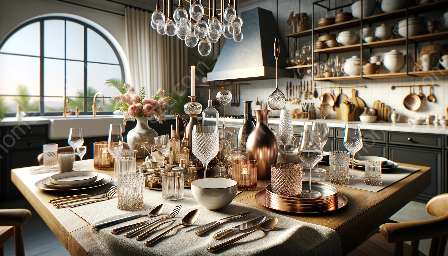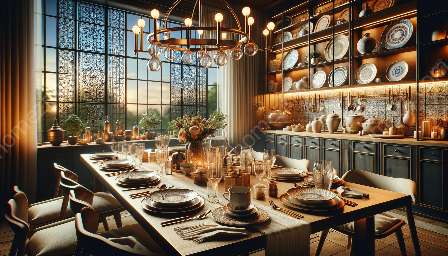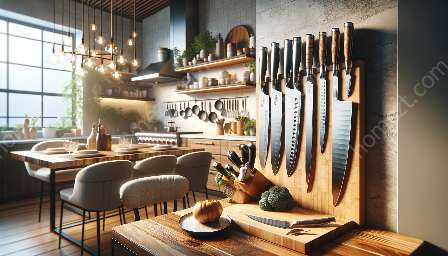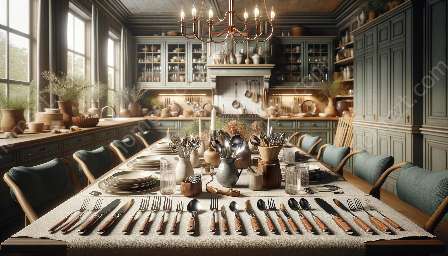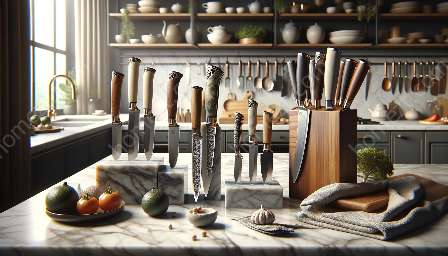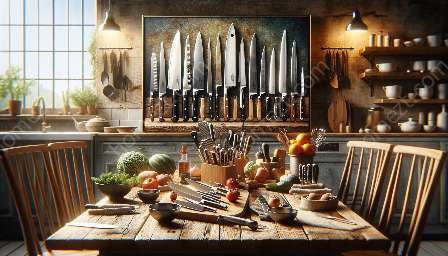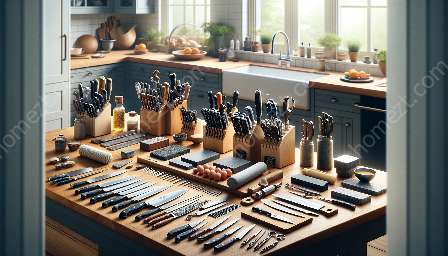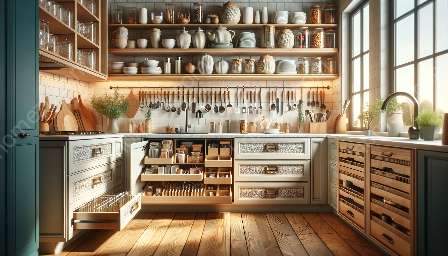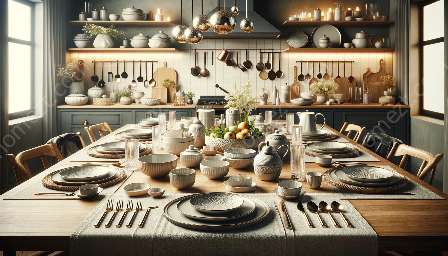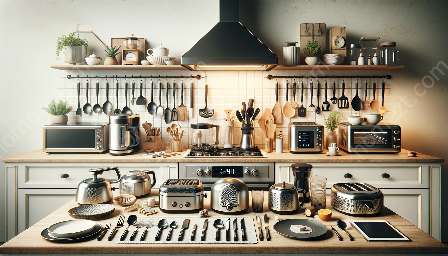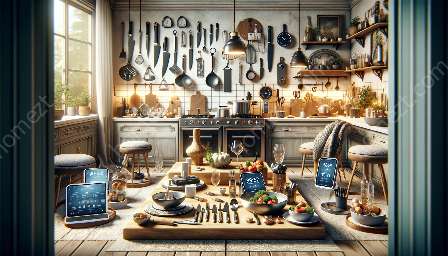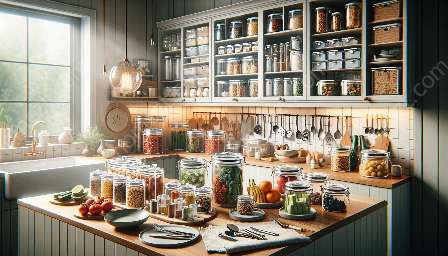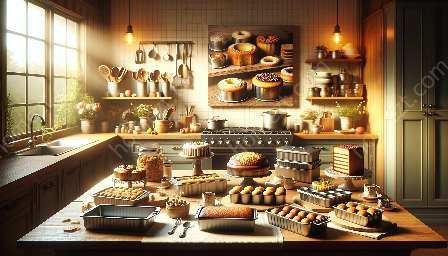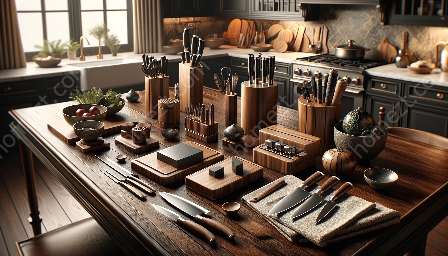When it comes to the world of cutlery, the choice of materials plays a significant role in both the functionality and aesthetics of the utensils. From traditional stainless steel to modern ceramic, each material brings its unique characteristics and benefits to the table. Understanding the differences in cutlery materials can help you make informed decisions that align with your kitchen and dining preferences.
Common Cutlery Materials
Let's delve into the most common materials used for cutlery and explore their attributes:
Stainless Steel
Stainless steel is one of the most popular choices for cutlery due to its durability, rust resistance, and ease of maintenance. It is versatile and suitable for everyday use in the kitchen. The high-quality stainless steel cutlery offers a timeless and classic appeal, making it a favorite among households and professional chefs alike.
Silver
Silver cutlery exudes elegance and sophistication, making it a popular choice for formal dining occasions. While silver requires more maintenance to prevent tarnishing, it offers a luxurious touch to the dining table. Antique silverware adds a sense of history and craftsmanship to your dining experience.
Ceramic
Ceramic cutlery has gained popularity for its non-reactive properties and sharpness retention. It is lightweight, easy to clean, and resistant to corrosion. Ceramic knives are known for their precision and sharpness, making them a preferred choice for slicing and precision cutting tasks.
Wood
Wooden cutlery can add a rustic and natural charm to your dining table. While wooden utensils may require more care in terms of cleaning and maintenance, they are gentle on cookware and provide a warm and inviting aesthetic to your kitchen.
Titanium
Titanium cutlery offers exceptional strength and is known for being lightweight. It is a popular choice for outdoor and camping activities due to its durability and resistance to corrosion. Titanium cutlery is a reliable option for those seeking utensils that can withstand rugged conditions.
Choosing the Right Cutlery Material
When selecting cutlery for your kitchen and dining needs, consider the following factors:
- Functionality: Determine the intended use of the cutlery, such as everyday dining, formal occasions, or outdoor activities, to guide your material choice.
- Maintenance: Assess the level of care and maintenance required for each material, considering factors like rust resistance, tarnishing, and cleaning methods.
- Aesthetics: Explore how different materials contribute to the overall style and ambiance of your kitchen and dining space.
- Comfort: Consider the weight, grip, and feel of the cutlery material to ensure a comfortable and enjoyable dining experience.
Conclusion
Exploring the world of cutlery materials allows you to appreciate the nuances of each material and its impact on your kitchen and dining experiences. Whether you prefer the timeless appeal of stainless steel, the luxury of silver, the precision of ceramic, the warmth of wood, or the durability of titanium, choosing the right cutlery material adds a personal touch to your culinary endeavors.
By understanding the characteristics and benefits of different cutlery materials, you can make informed decisions that align with your preferences and elevate your dining experiences to new heights.

